So here's the thing – I'm basically obsessed with skincare, but I hate needles and I'm way too chicken for anything invasive. A couple years back, my friend Emma mentioned this red light therapy thing she'd been trying, and honestly? I thought it sounded like pseudoscience nonsense. But then I started researching it (because that's what I do at 2 AM instead of sleeping), and wow, there's actually solid science behind it.
What the Hell is Red Light Therapy Anyway?
Okay, so red light therapy – or RLT if you want to sound fancy – is basically shining specific wavelengths of light on your face. We're talking 630-700 nanometers, which means absolutely nothing to most people, but it's the sweet spot that your skin cells actually absorb.
The cool part? Unlike UV light that fries your skin and gives you cancer, this stuff is gentle. It goes deep into your skin and basically gives your mitochondria (remember those from high school biology?) a shot of espresso. More energy means your cells work better, heal faster, all that good stuff.
I first tried it at my derm's office – they had this massive LED panel that looked like something from a sci-fi movie. Now I have this little mask at home that makes me look like Iron Man's distant cousin, but whatever works, right?
Why I'm Actually Convinced This Stuff Works
It Makes Your Skin Bounce Back (Literally)
Look, I turned 35 last year, and suddenly my skin decided gravity was its new best friend. The whole collagen thing everyone talks about? It's real, and it's declining faster than my motivation to go to the gym.
RLT basically tells your fibroblasts (the cells that make collagen) to get their act together. There was this study in 2020 that showed LED therapy actually increased collagen production, which explains why my forehead lines aren't as dramatic as they were six months ago. It's not like I woke up looking 25 again, but people have stopped asking if I'm tired all the time.
Goodbye, Crow's Feet (Sort Of)
I've been using my little red light mask religiously – okay, maybe not religiously, but consistently enough – and those lines around my eyes are definitely less obvious. There's research showing that after about 30 sessions, people saw real improvements in skin texture and firmness.
The key is pairing it with actual skincare. I'm still religious about my retinol and sunscreen because I'm not an idiot, but the RLT seems to amplify everything else I'm doing.
My Acne Finally Chilled Out
This was unexpected. I still get breakouts when I'm stressed or eat too much dairy (why is cheese so good but so evil?), but they heal way faster now. RLT apparently reduces the oil production that clogs pores, plus it calms down inflammation.
I read this review from 2021 that compared RLT to antibiotics for acne treatment – and get this – they worked about the same. That's huge for people who don't want to mess with their gut bacteria or deal with antibiotic resistance.
My old acne scars are fading too, which I didn't expect at all. Apparently the light helps remodel tissue, so those little divots from my terrible skin-picking phase are slowly disappearing.
My Rosacea Stopped Being Such a Drama Queen
I have mild rosacea that flares up whenever I look at spicy food wrong. Since starting RLT, my face stays way less red overall. The anti-inflammatory effects are legit – there's research on psoriasis patients showing real improvement in symptoms.
I use it with my usual gentle moisturizer, and even during stressful weeks at work, my skin stays relatively calm. It's not a miracle cure, but it's definitely helping.
Cuts and Scrapes Heal Like I'm Wolverine
Okay, maybe not that fast, but I've noticed minor injuries heal quicker and with less scarring. NASA actually studied this back in the '90s for helping astronauts heal in space, which is pretty badass.
The science shows RLT increases blood flow and activates stem cells, so your body gets better at fixing itself. I've used my little wand device on scratches, and they definitely fade faster than they used to.
My Skin Just Looks... Better
This is hard to quantify, but my skin tone is more even, my texture is smoother, and my pores look smaller. It's not dramatic enough for anyone else to notice immediately, but I see the difference.
Other people online have reported similar results – better circulation, faster cell turnover, that kind of thing. It's subtle but real.
How to Not Screw This Up
After making some mistakes (yes, I learned the hard way), here's what actually matters:
- Talk to your dermatologist first – especially if you have darker skin. I learned this after getting some mild hyperpigmentation that took forever to fade. Different skin tones need different approaches.
- Don't buy garbage devices – look for FDA-cleared stuff. I wasted money on a cheap Amazon device that barely worked. Now I use a 660nm mask that actually does something.
- Protect your damn eyes – wear the goggles that come with the device. I forgot once and my eyes were irritated for hours. Learn from my stupidity.
- Consistency beats intensity – I do 15-minute sessions three times a week. More isn't better; it's just more likely to irritate your skin.
-
Follow the instructions – I know, revolutionary concept, but overusing any light therapy can cause redness or even blisters.
The Reality Check
Let's be honest – at-home devices aren't as powerful as the professional ones. Results take longer and might be more subtle. These things also cost anywhere from $100 to over $1000, which isn't pocket change.
Some of the research is still limited, and a lot of studies are funded by companies selling the devices, so take everything with a grain of salt. But the skin benefits have enough solid evidence that I'm comfortable using it.
My Bottom Line
Red light therapy isn't going to turn you into a 20-year-old supermodel overnight. What it will do is gradually improve your skin's texture, tone, and overall health in a way that's completely non-invasive and pretty low-risk.
I've been using it for about eight months now, and my skin definitely looks and feels better. My friends have started asking what I'm doing differently, which is always a good sign.
If you're curious, start with a consultation at a dermatologist's office to try the professional version first. If you like what you see, invest in a quality home device. Just be patient – good skin takes time, but it's worth the wait.
And honestly? Even if the results were purely placebo, having 15 minutes of forced relaxation three times a week while my face glows red has been good for my mental health too. Sometimes self-care is just sitting still and pretending you're in a fancy spa, even if you're actually in your bathroom wearing a ridiculous light mask.

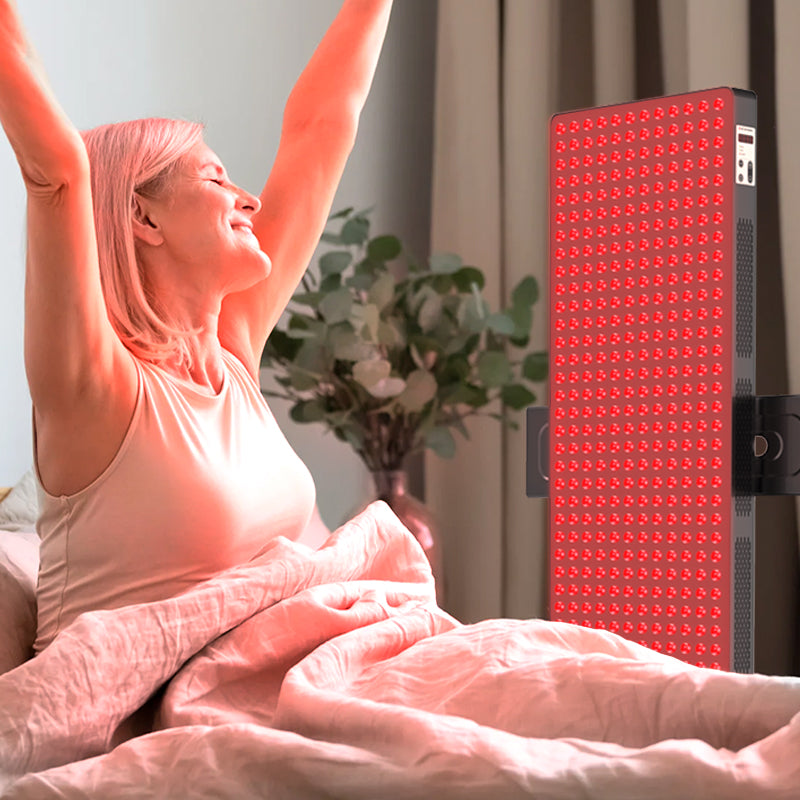
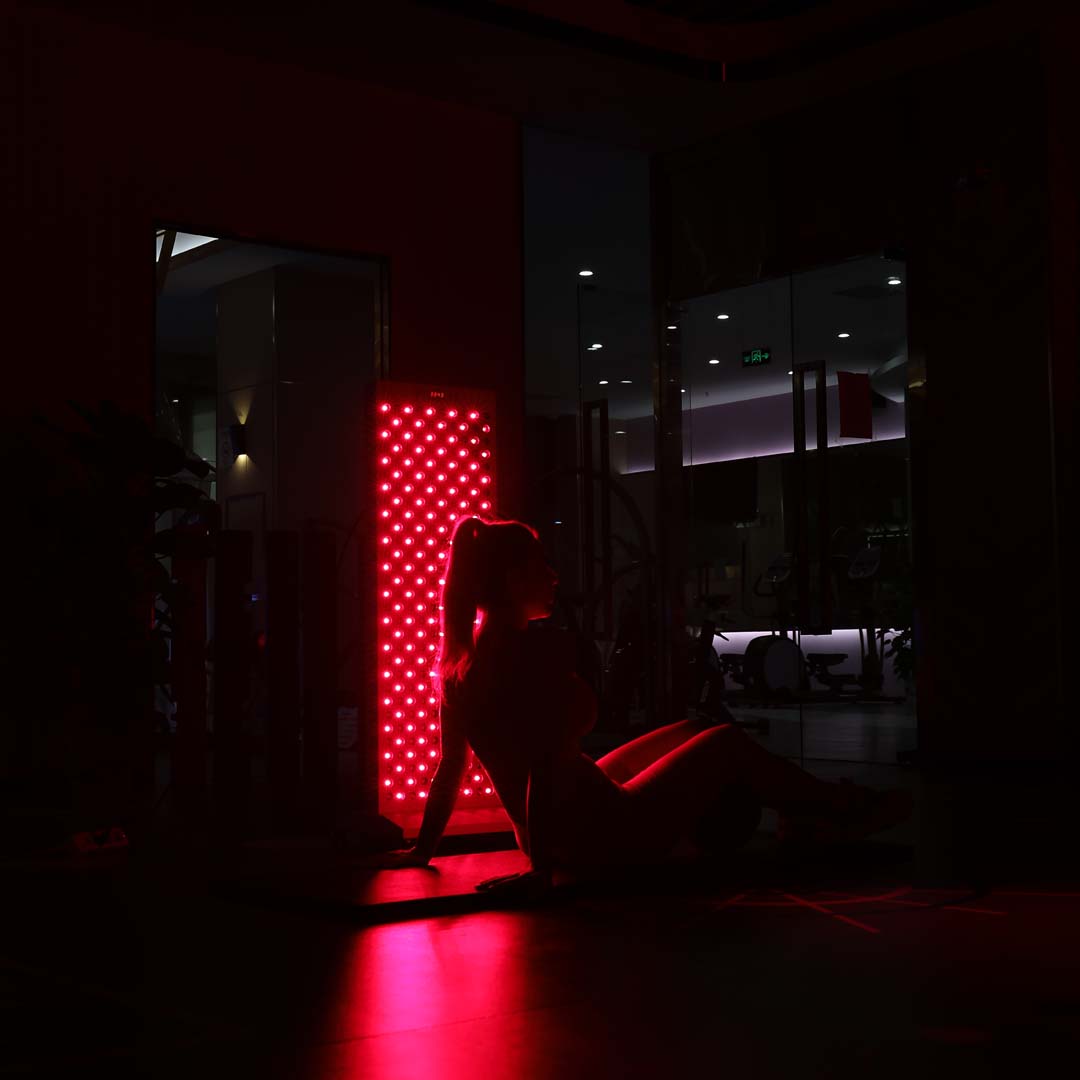

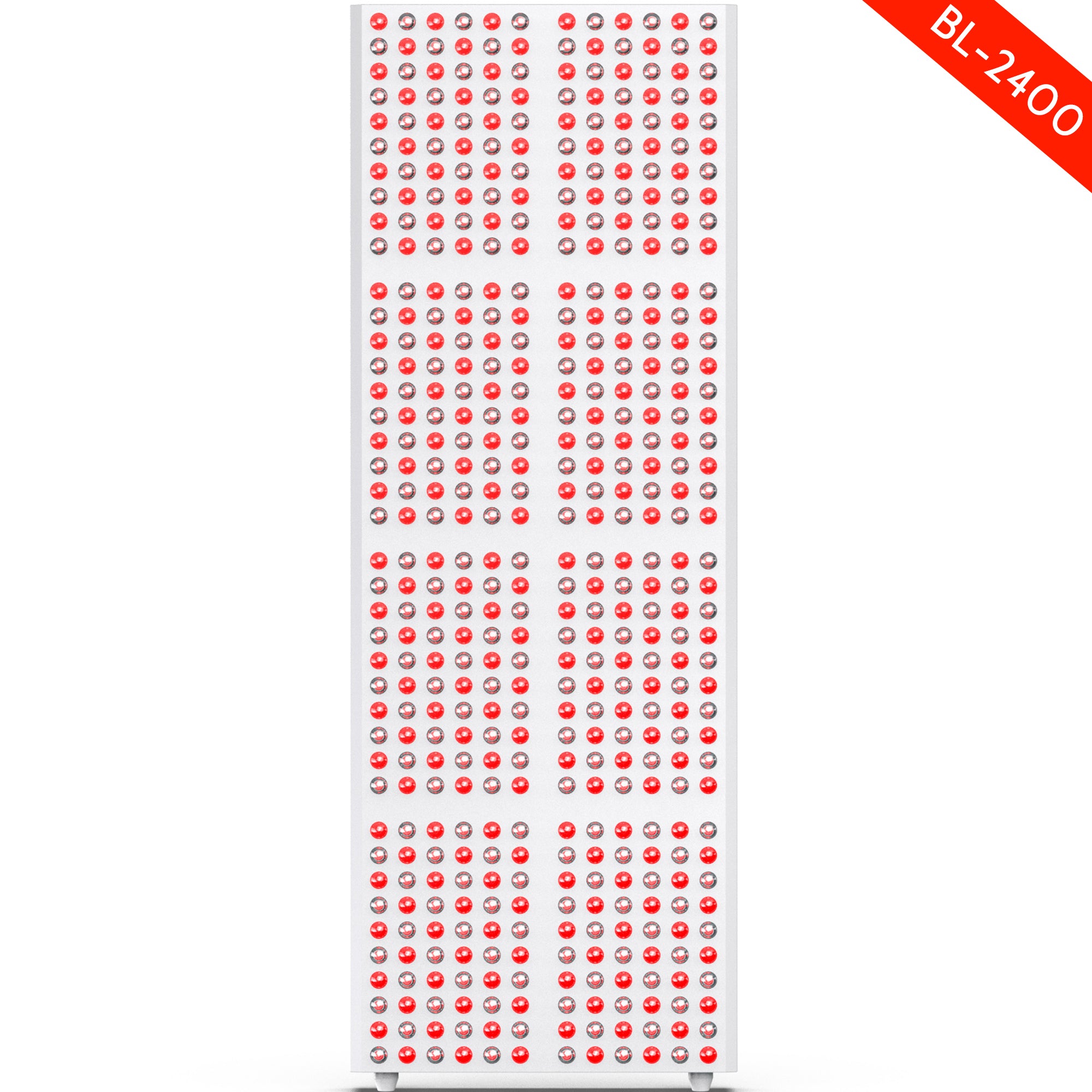
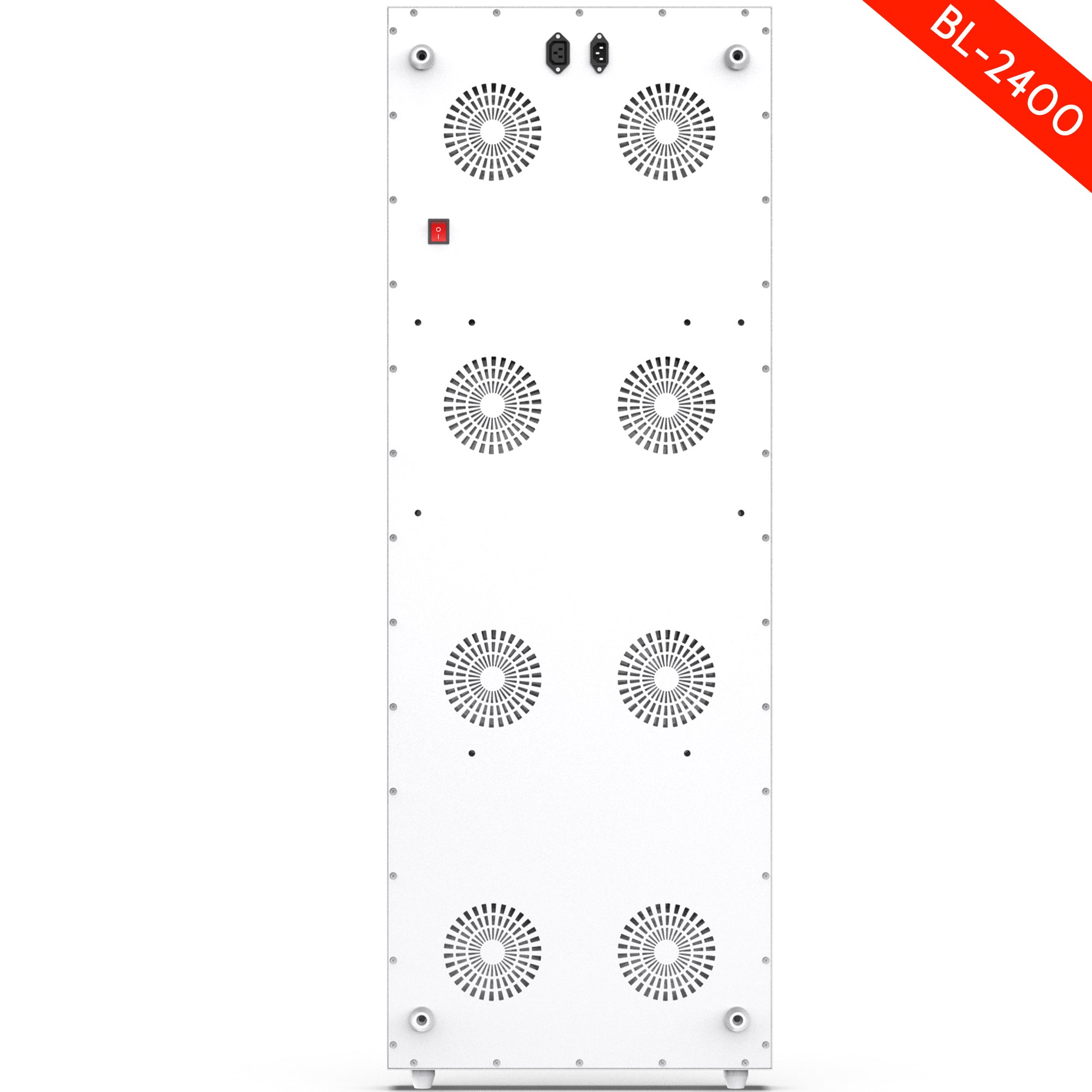
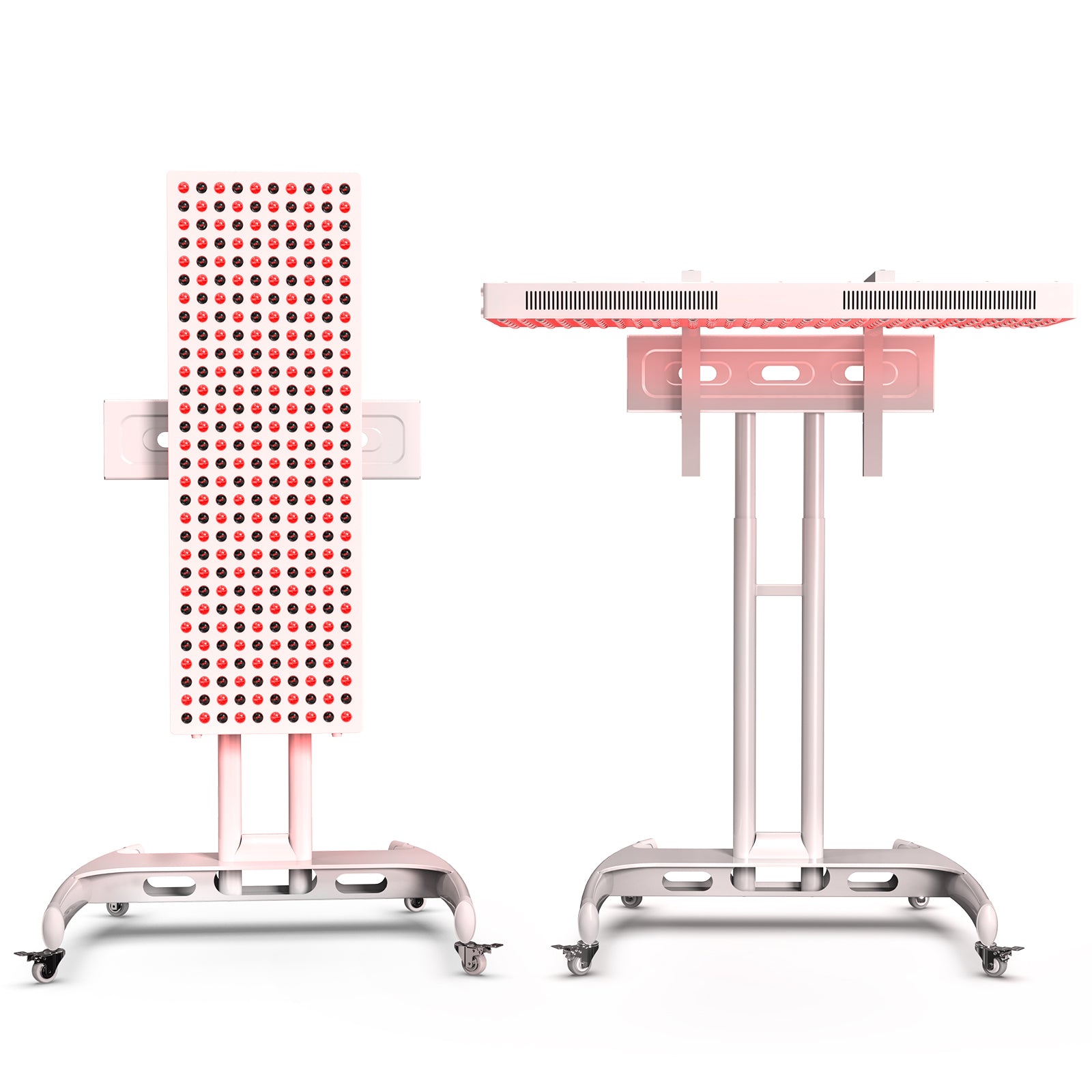
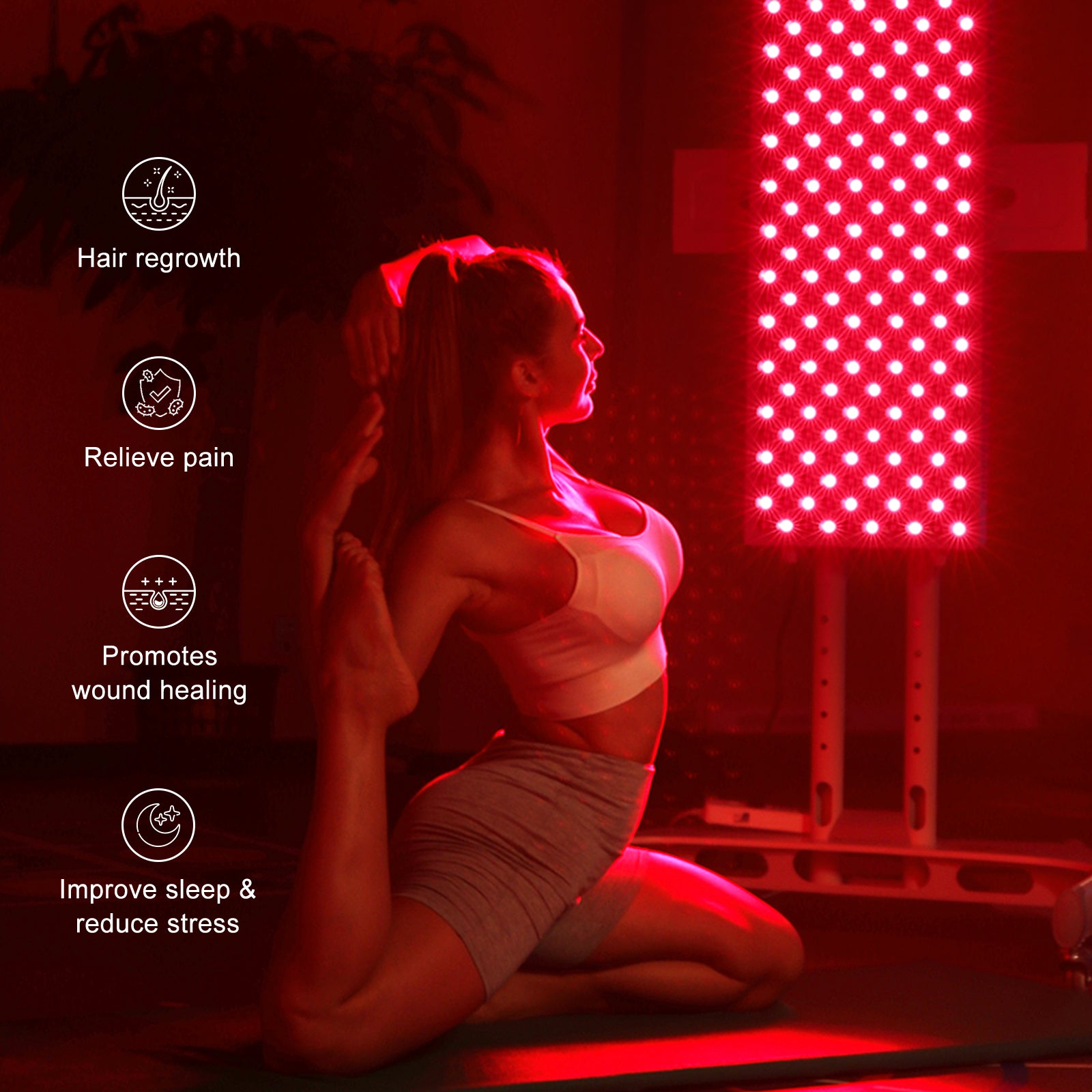
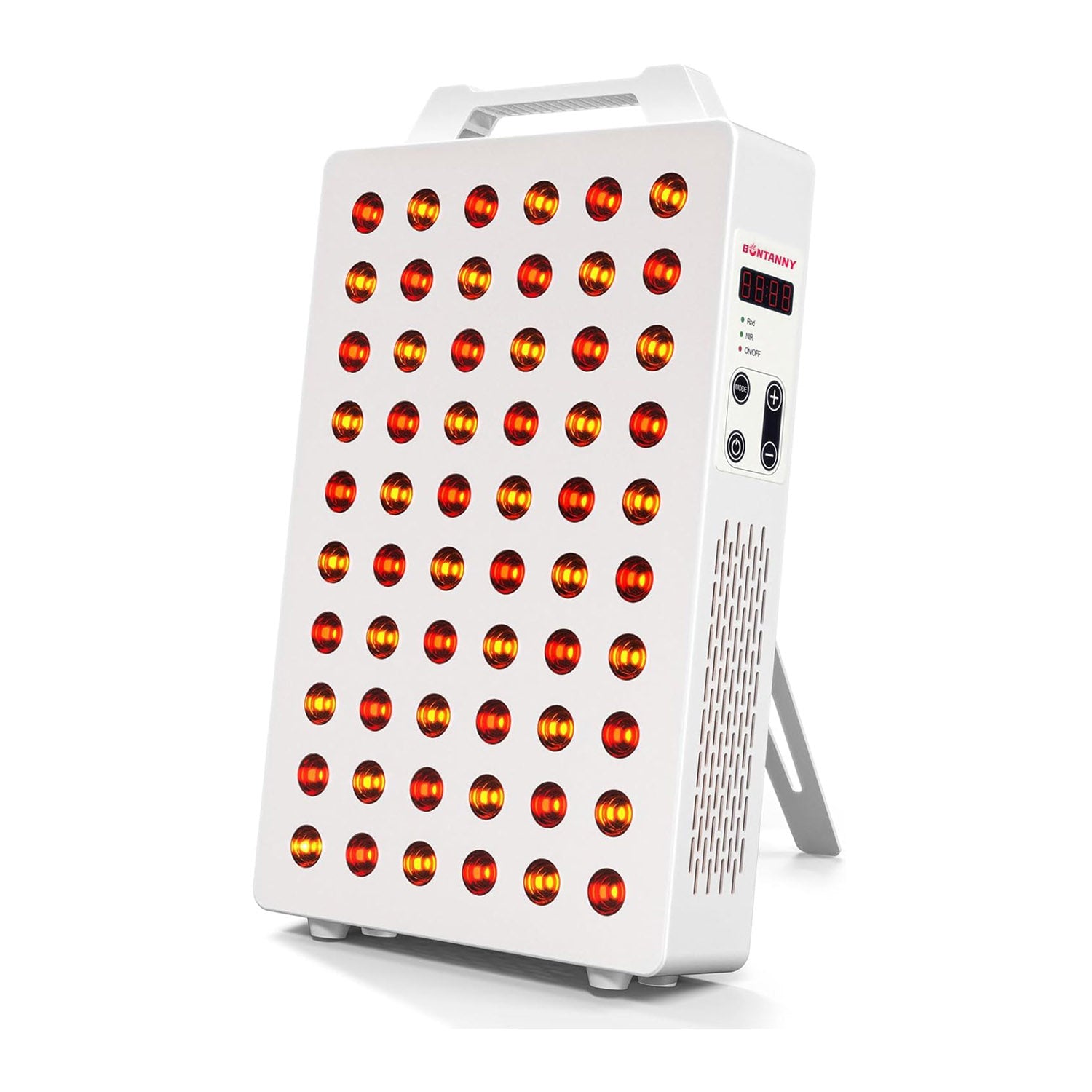
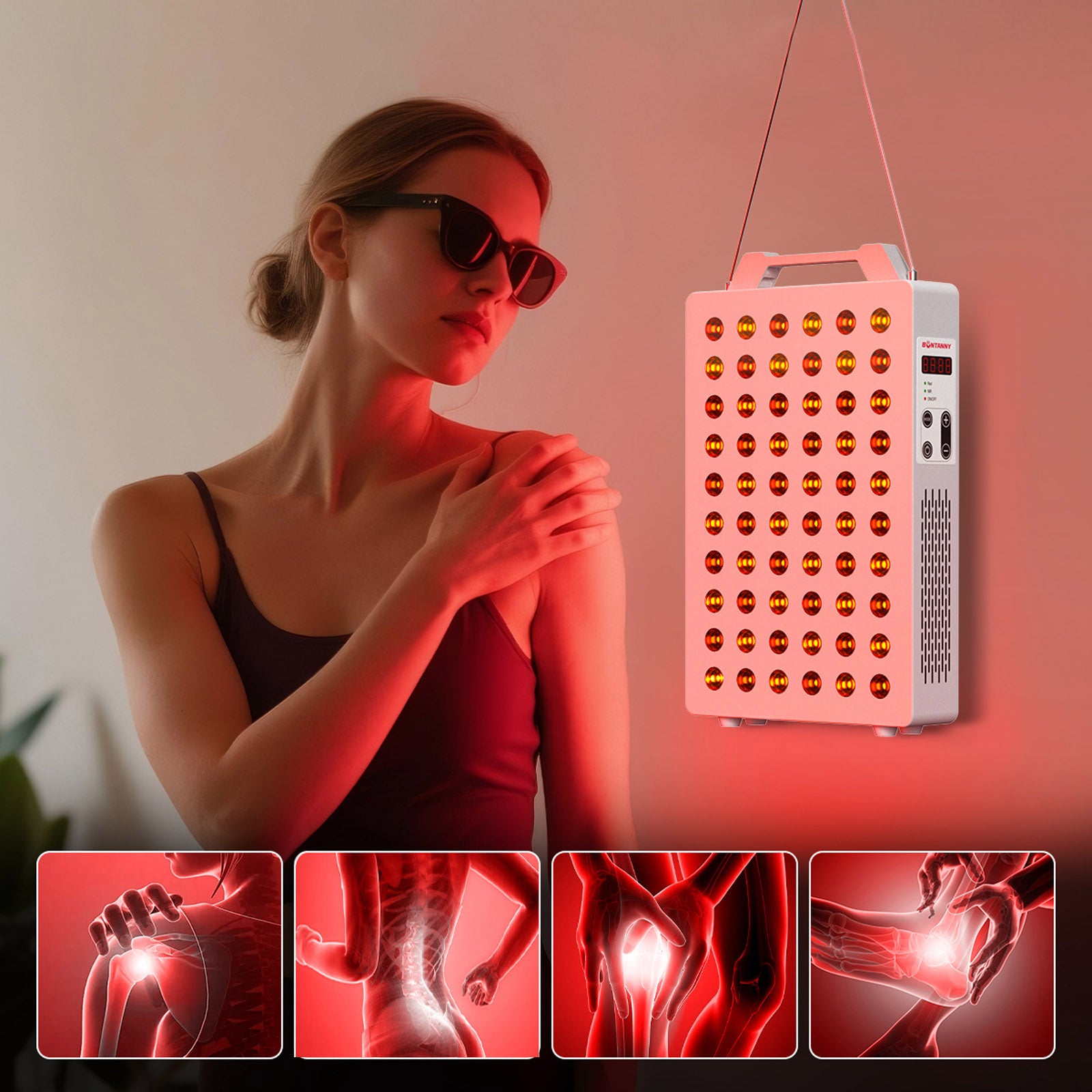

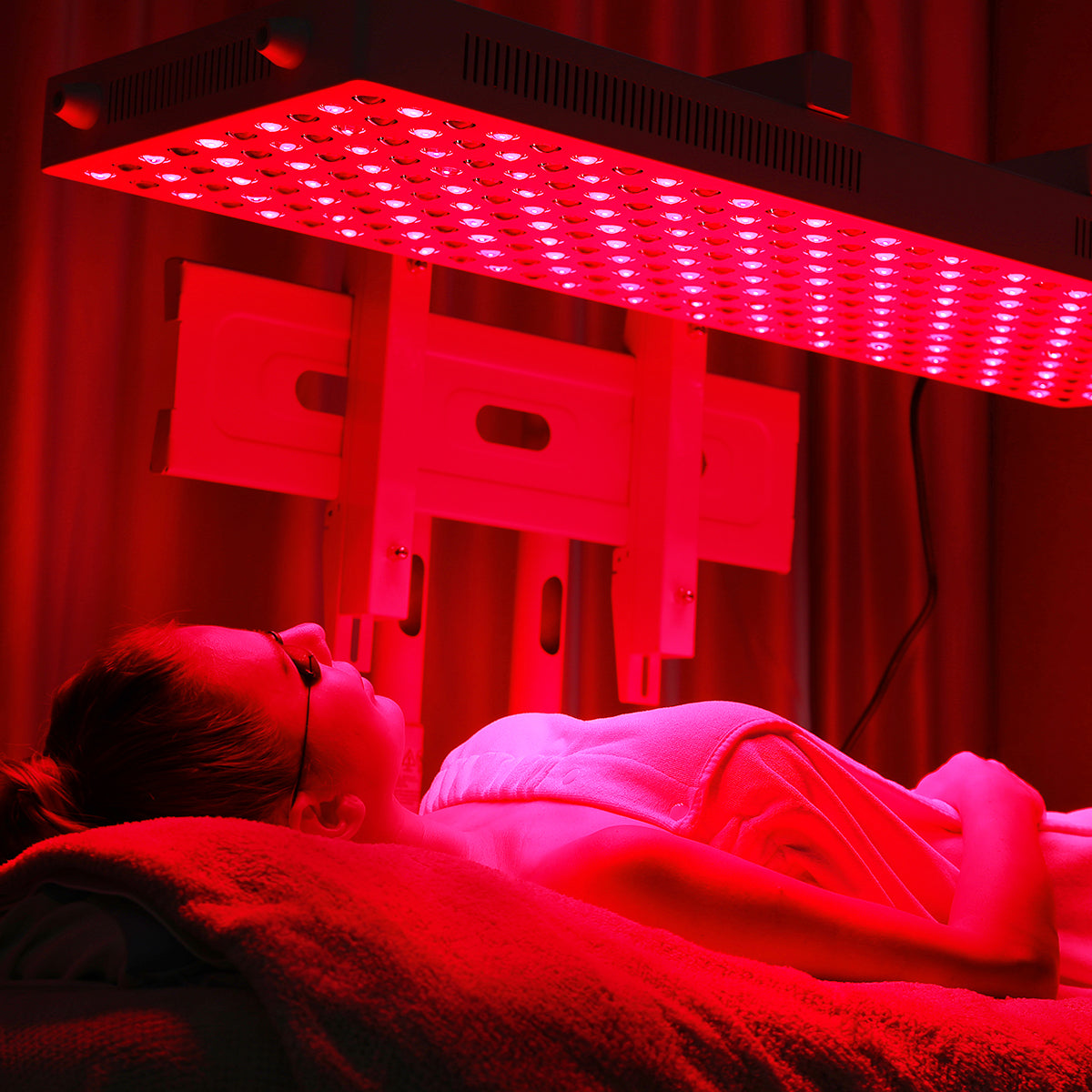
Leave a comment
This site is protected by hCaptcha and the hCaptcha Privacy Policy and Terms of Service apply.